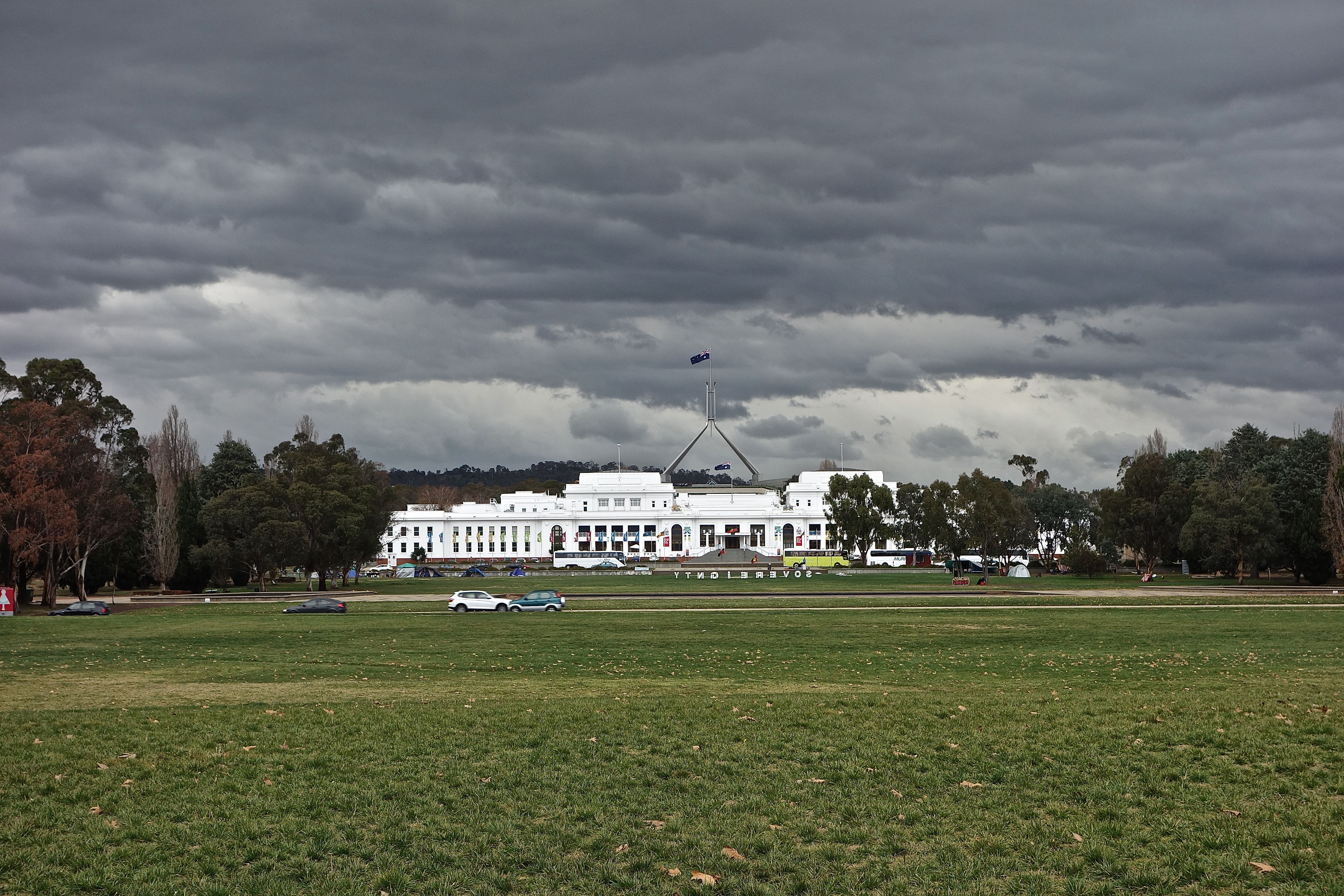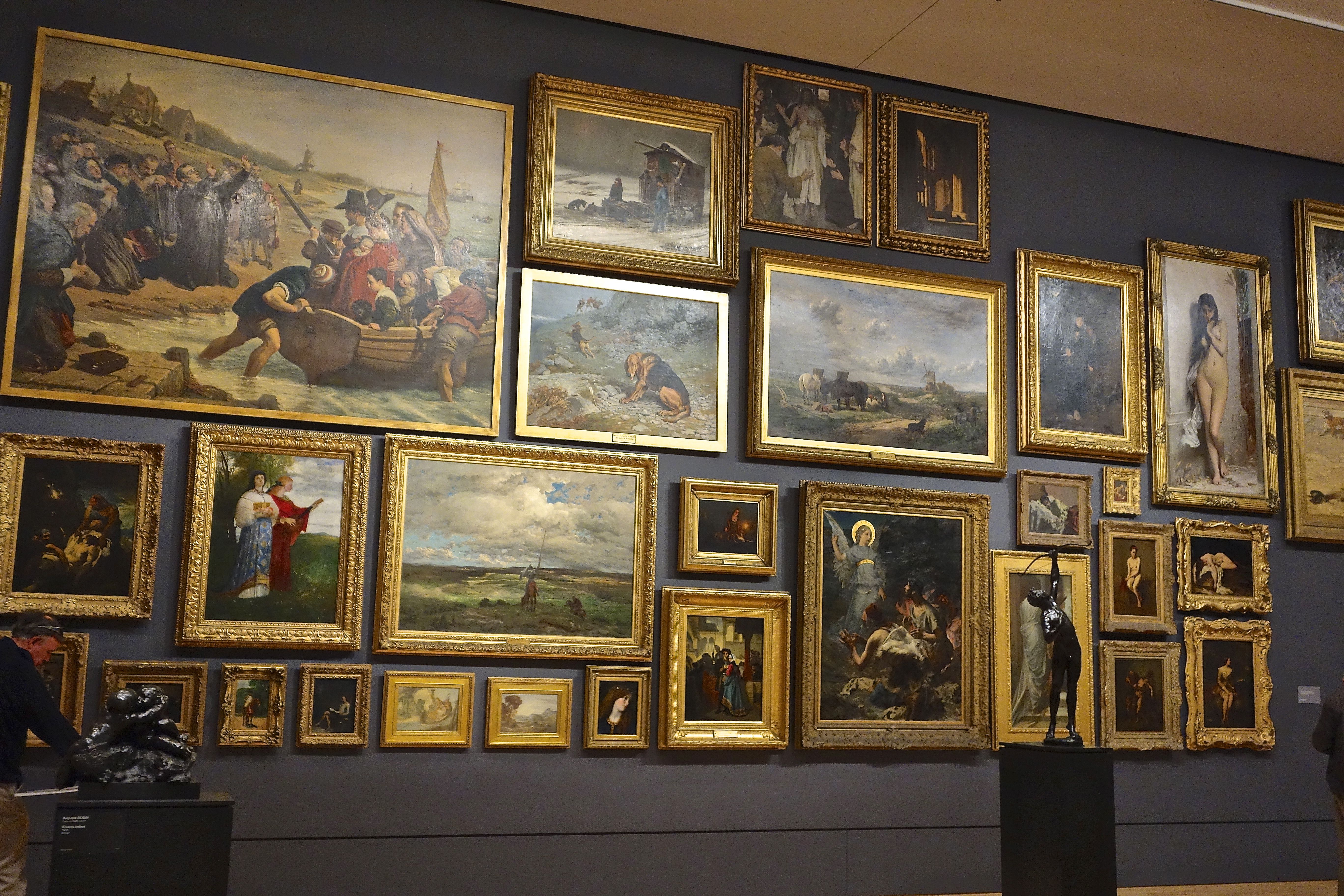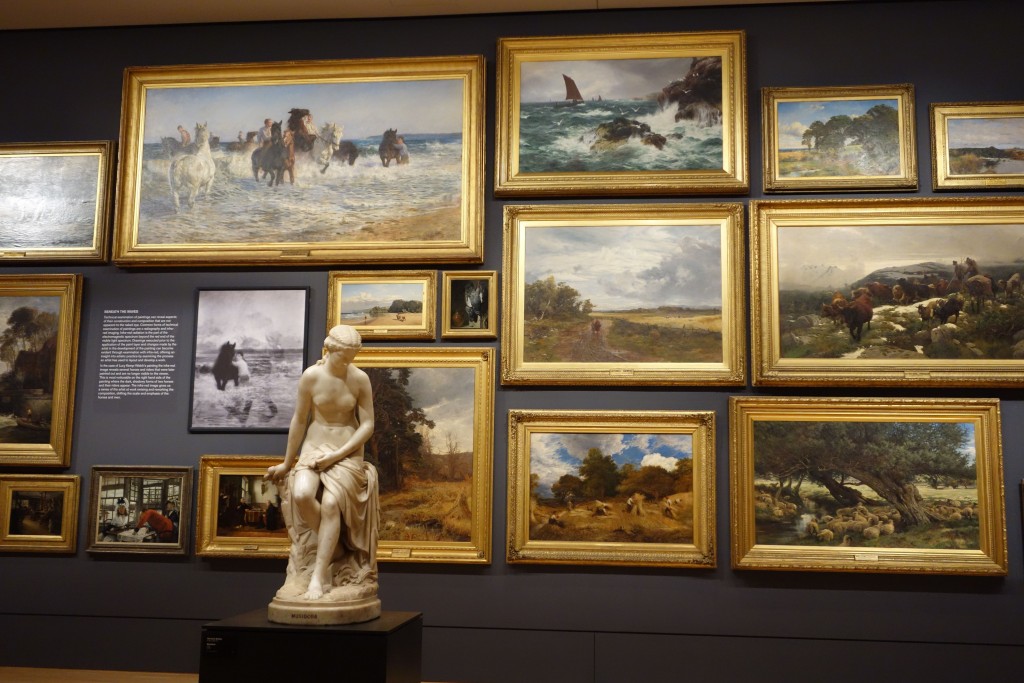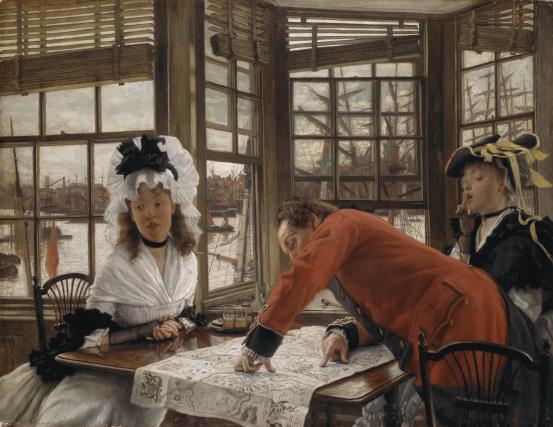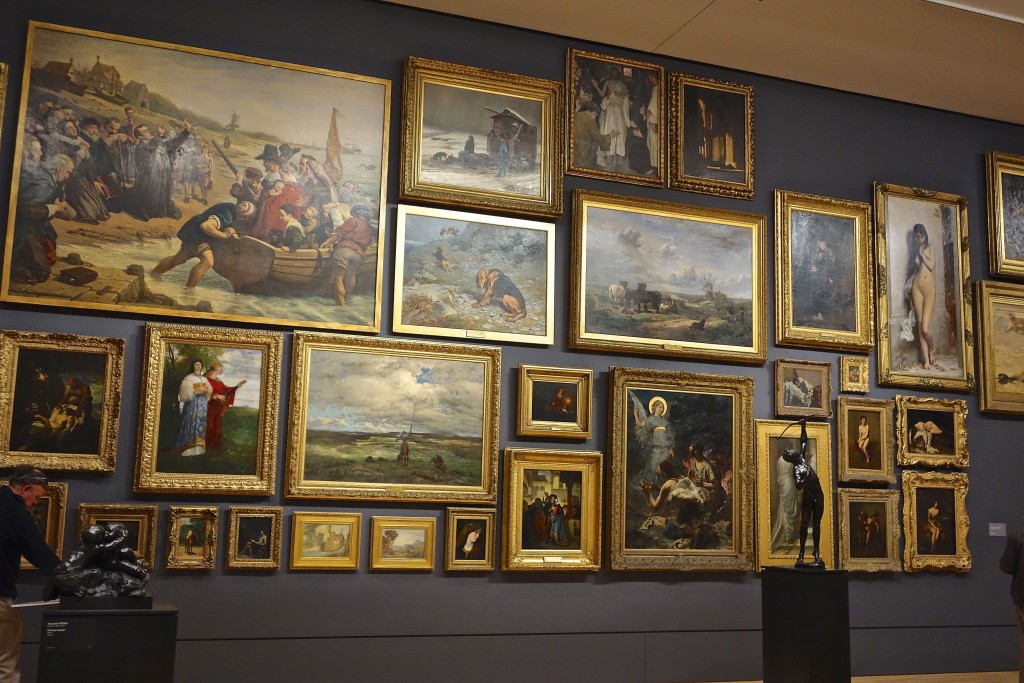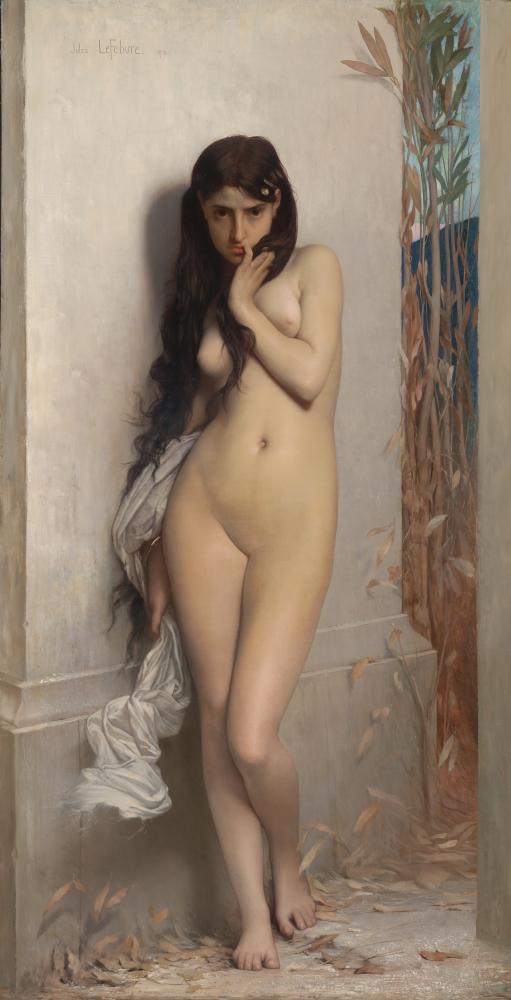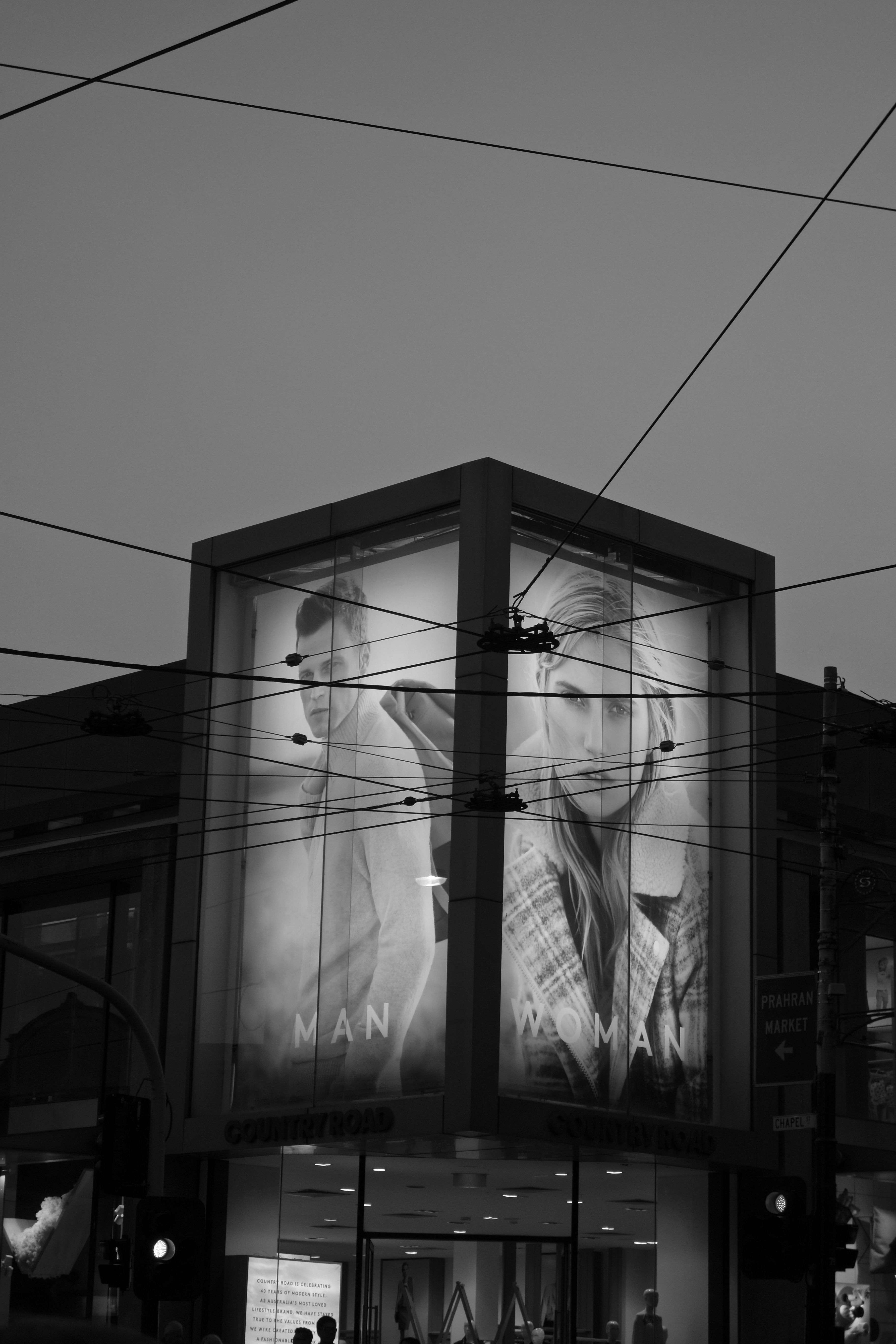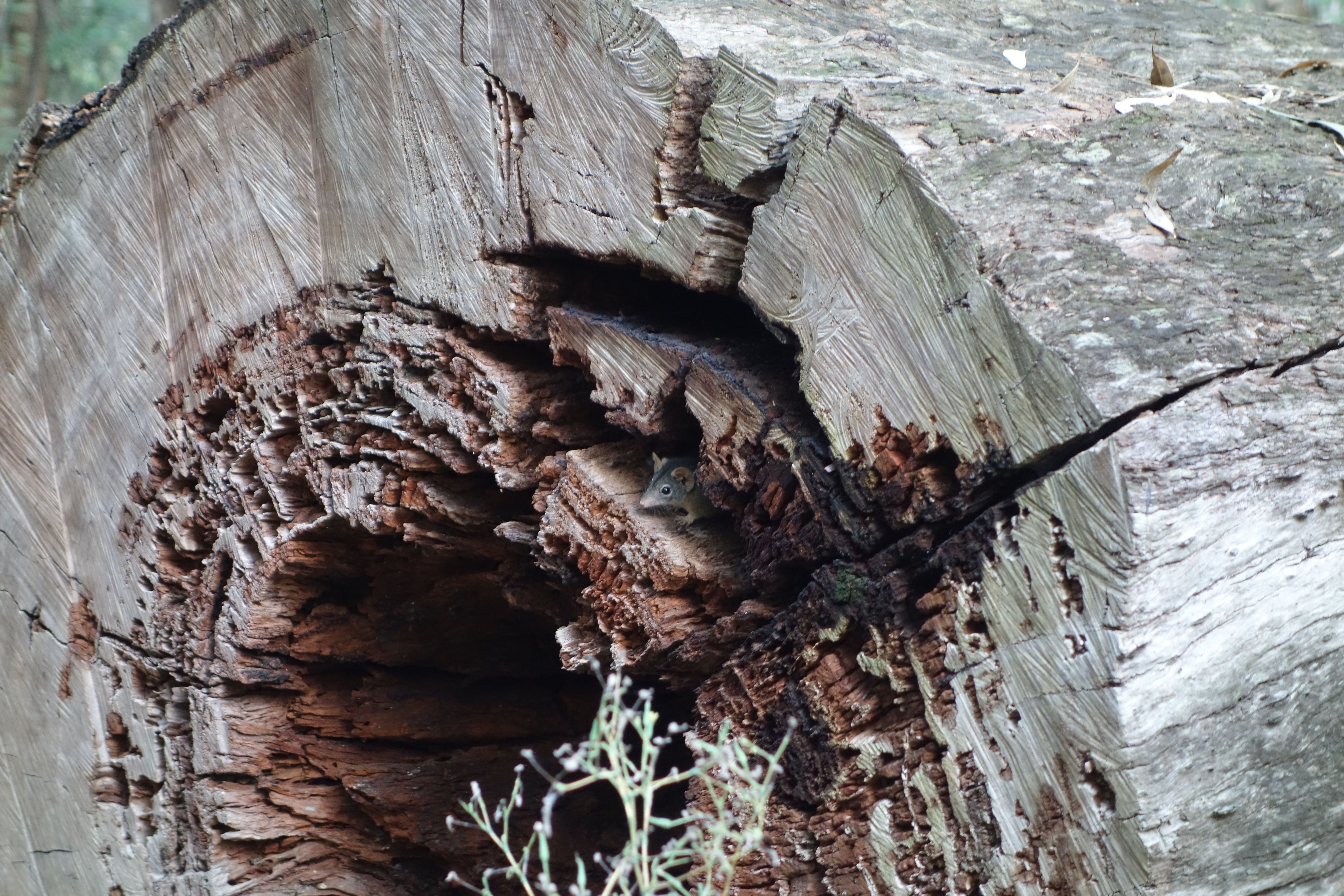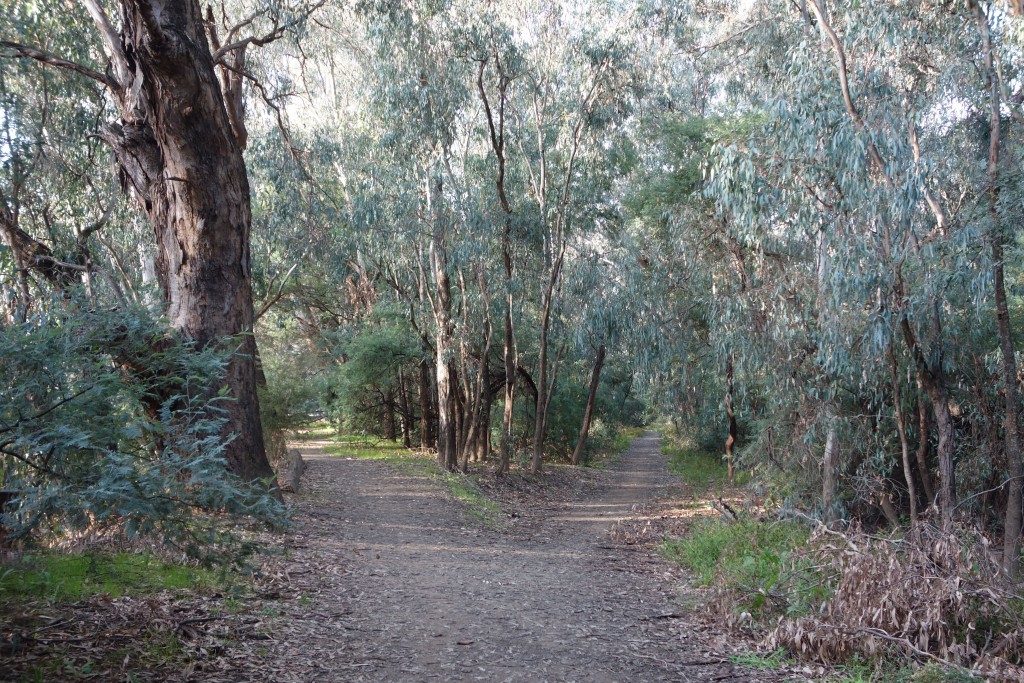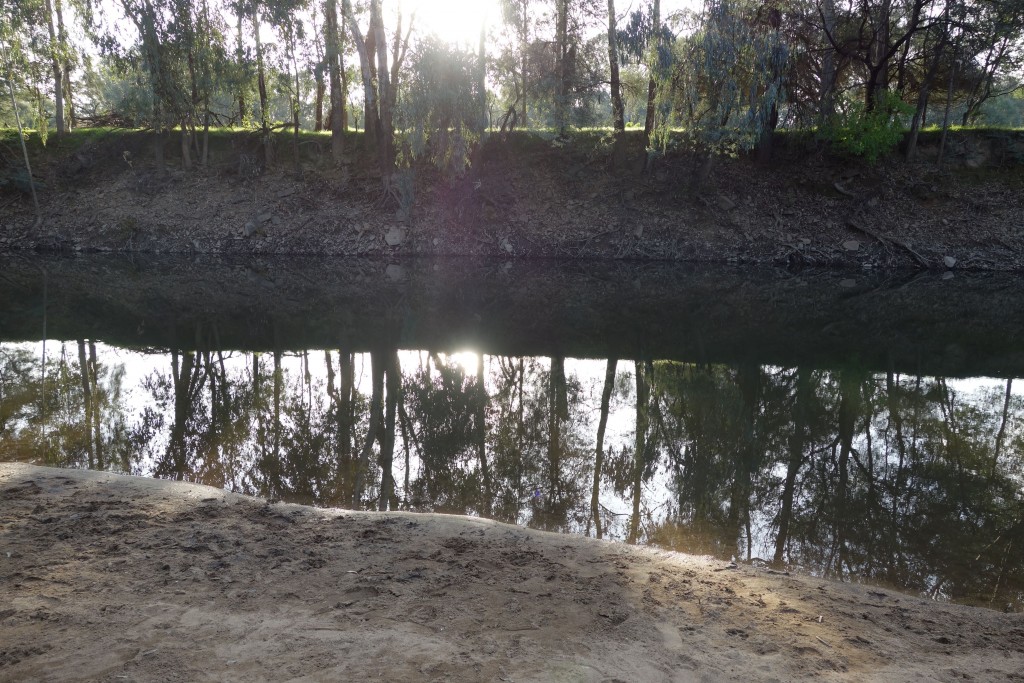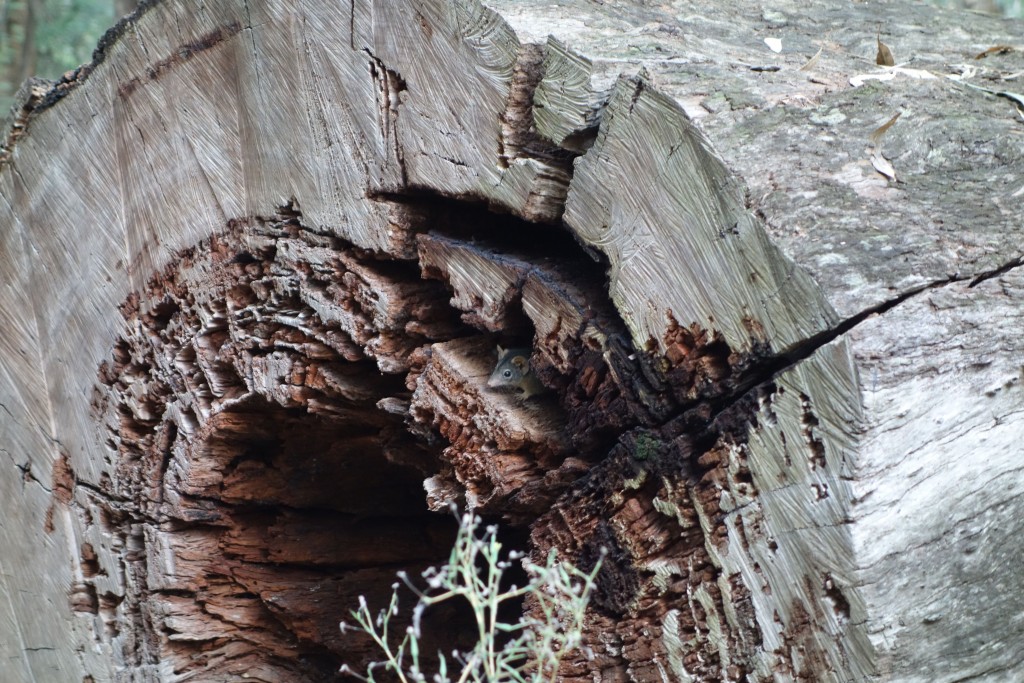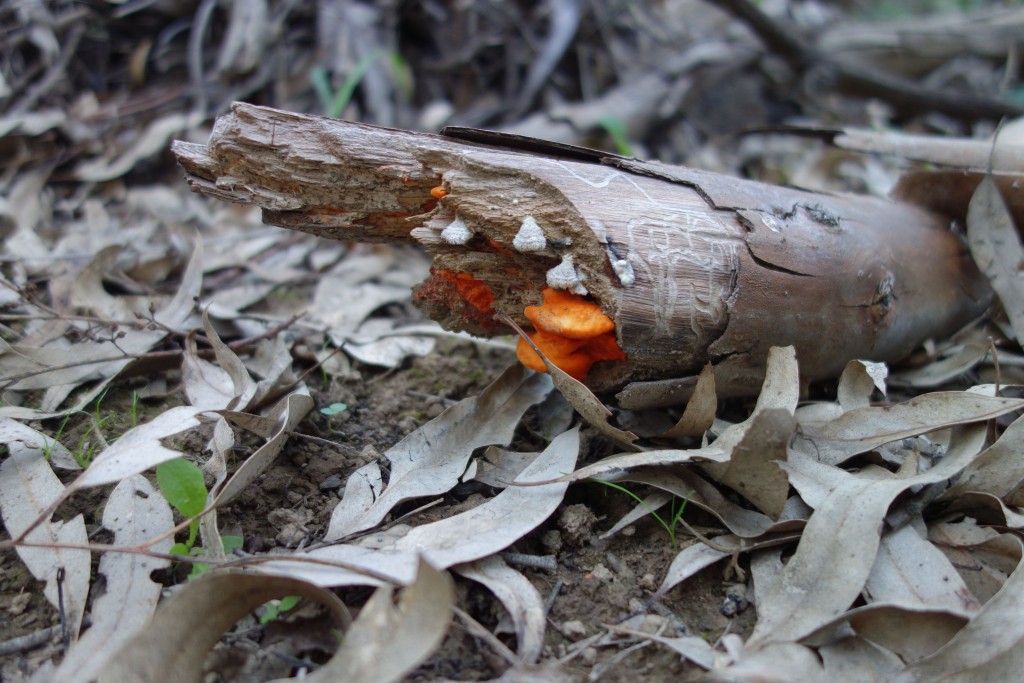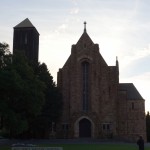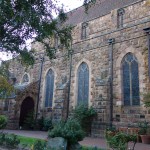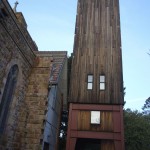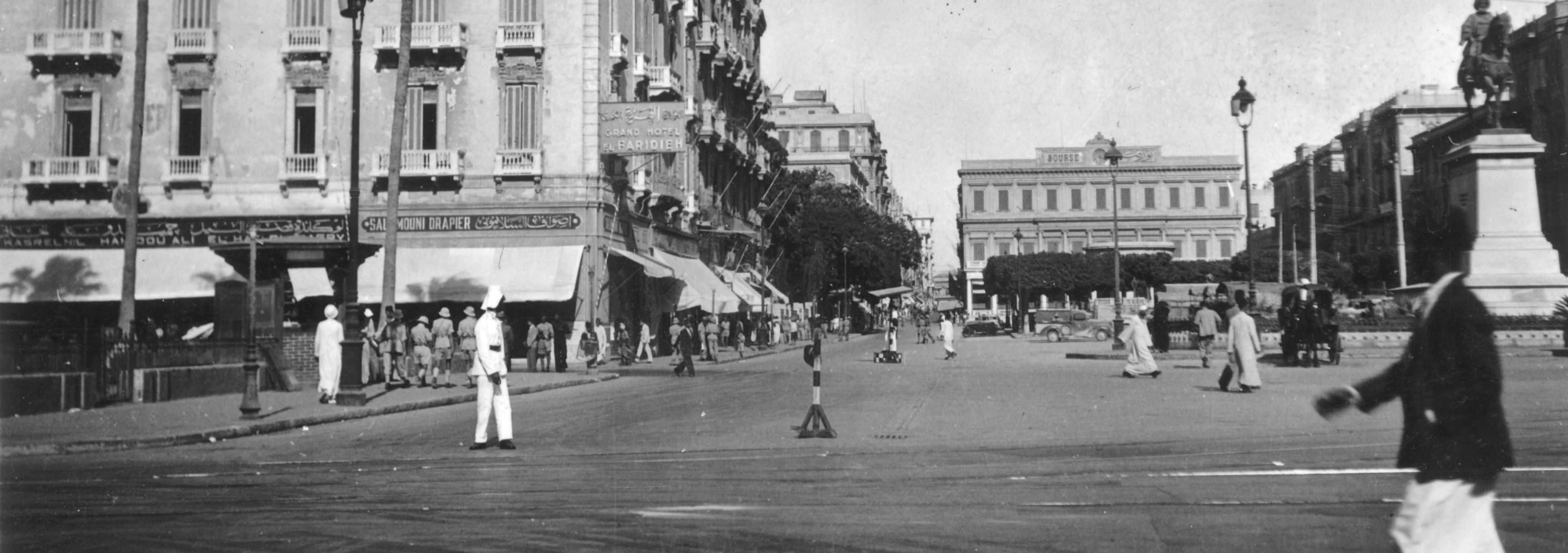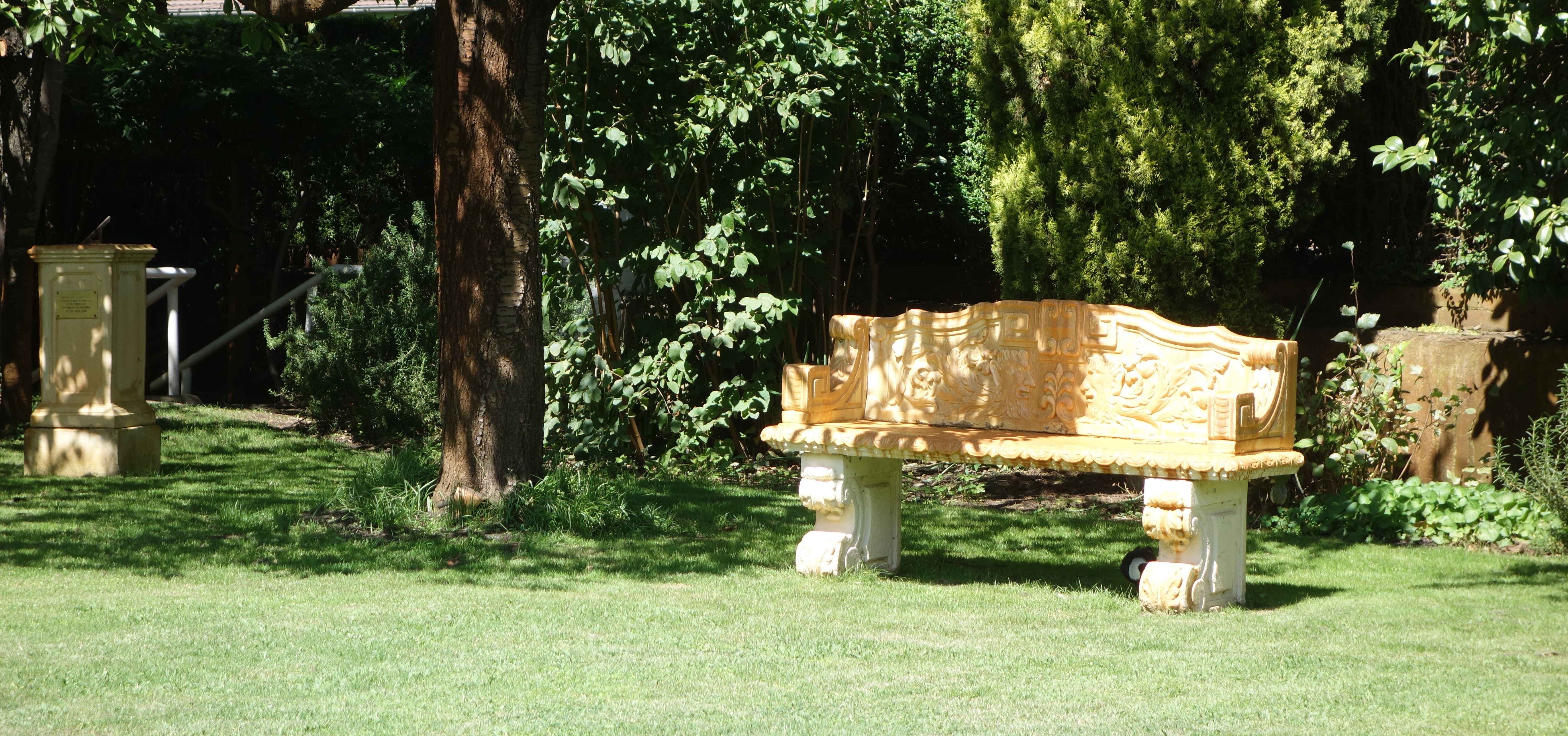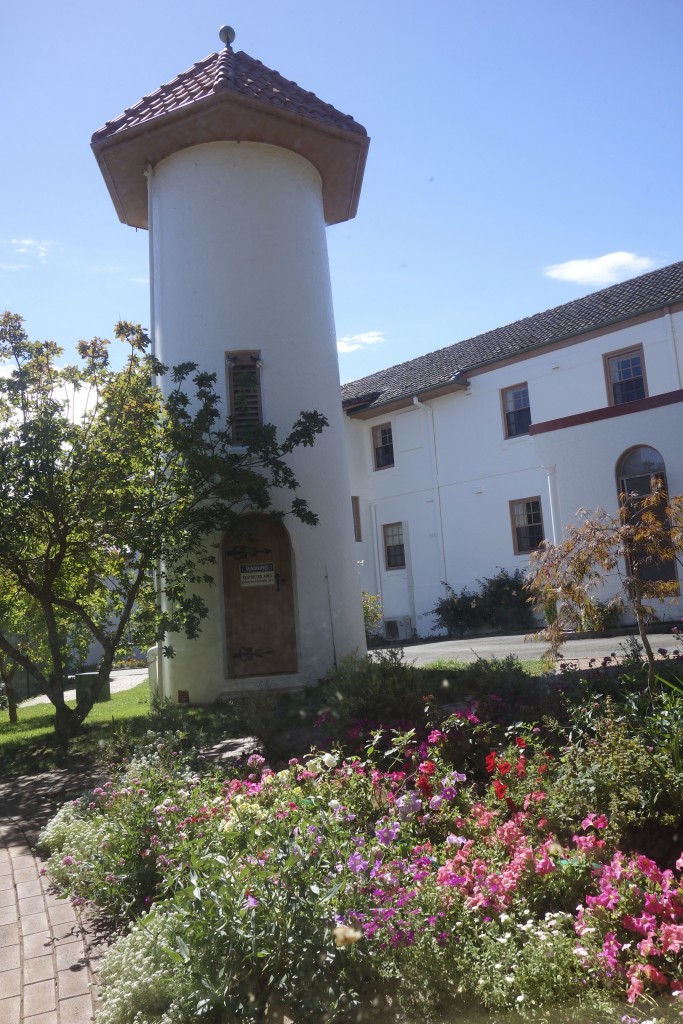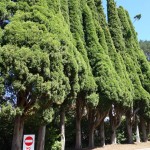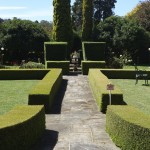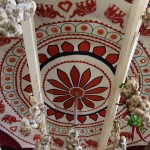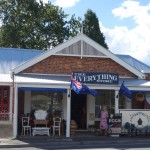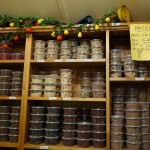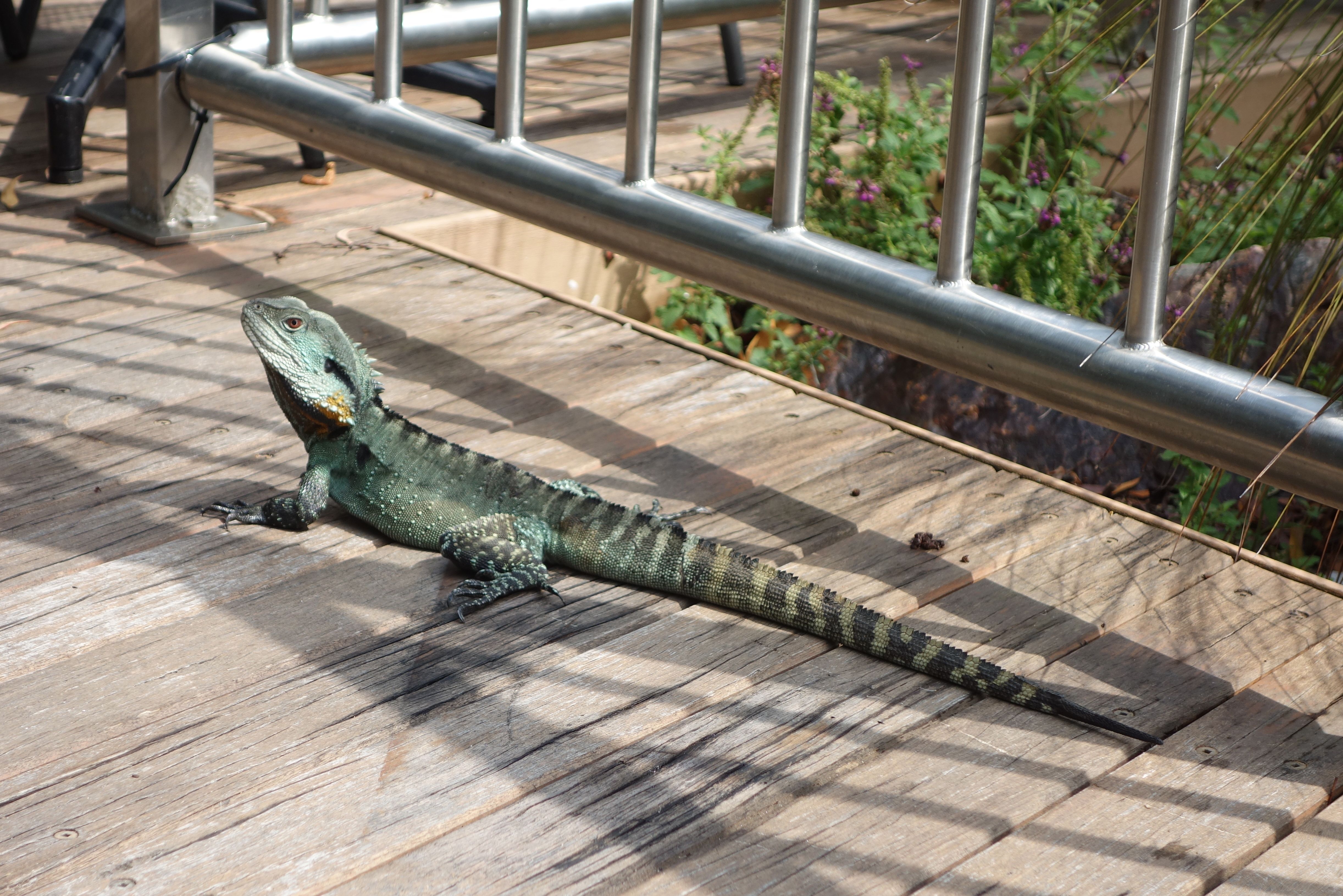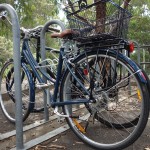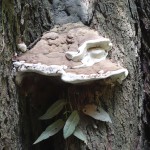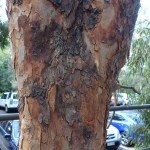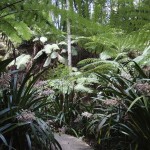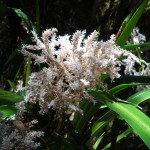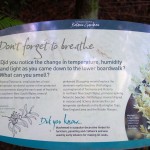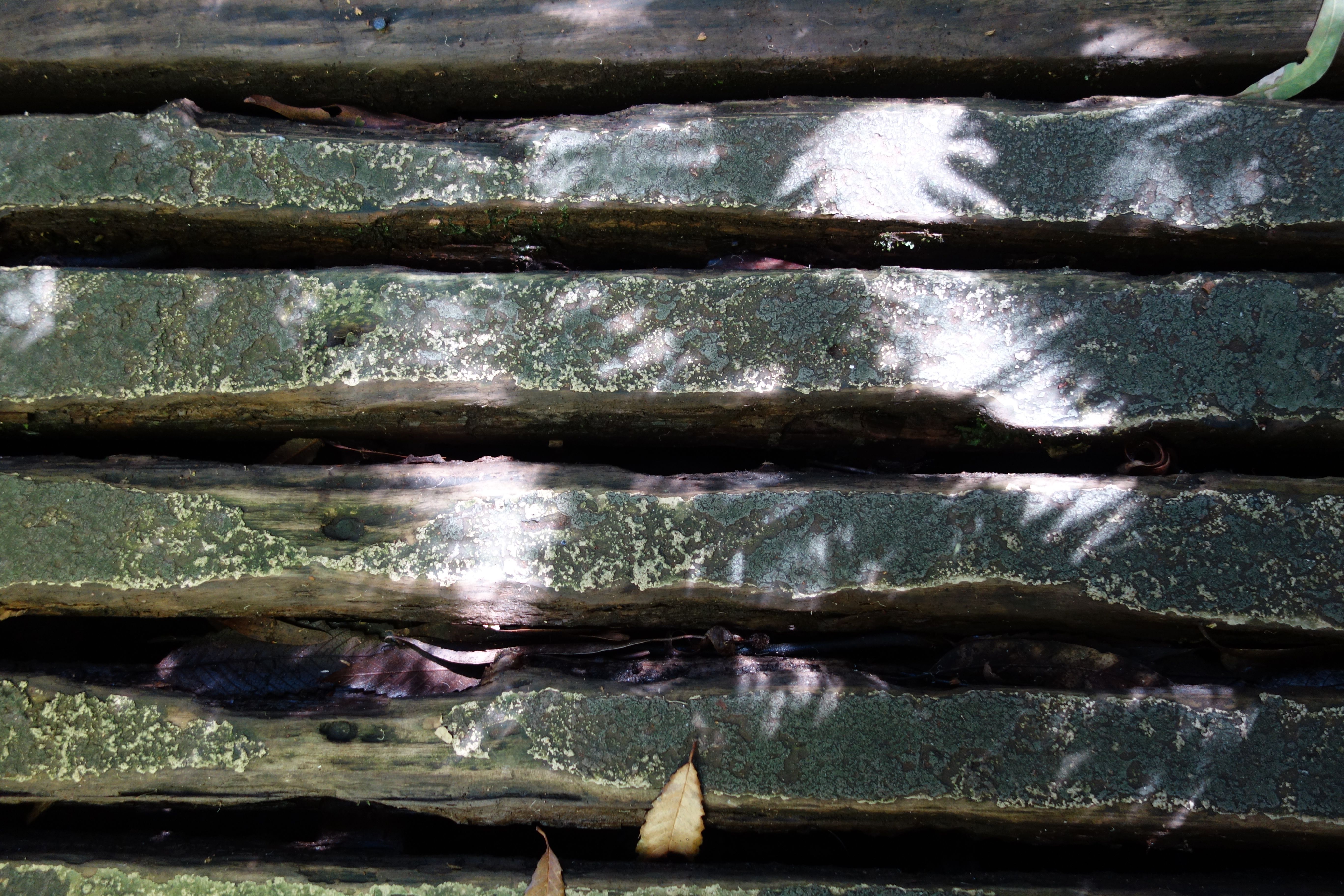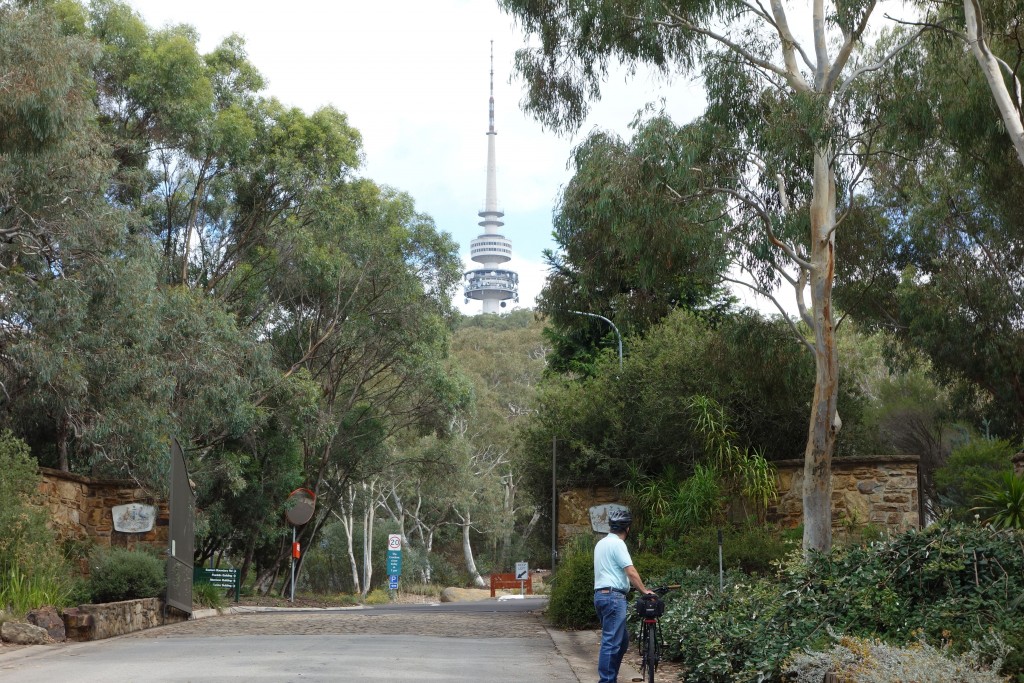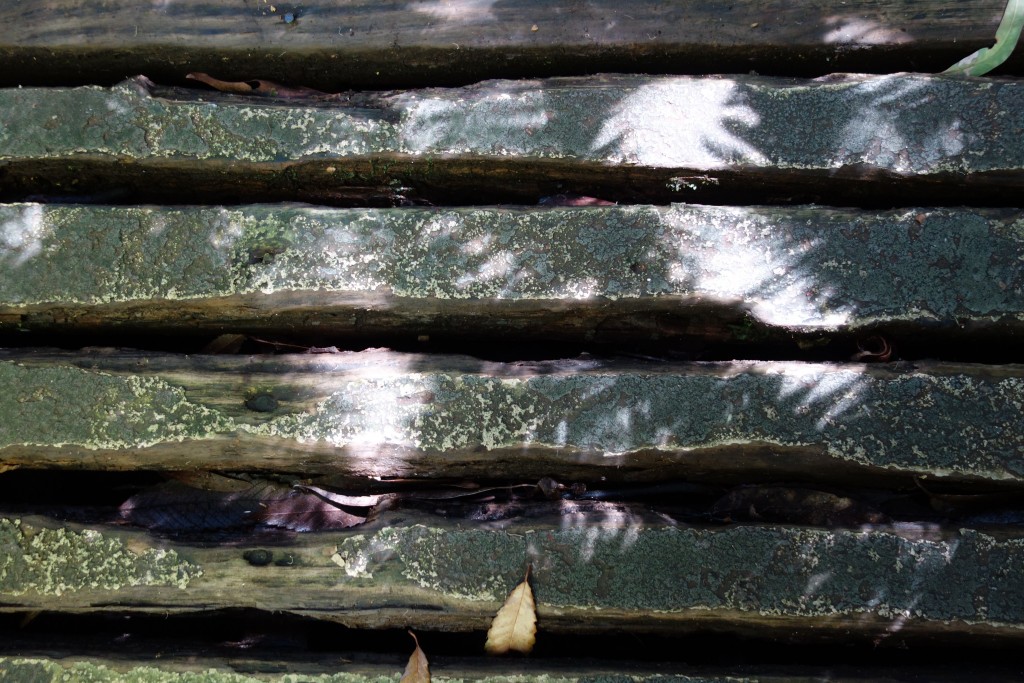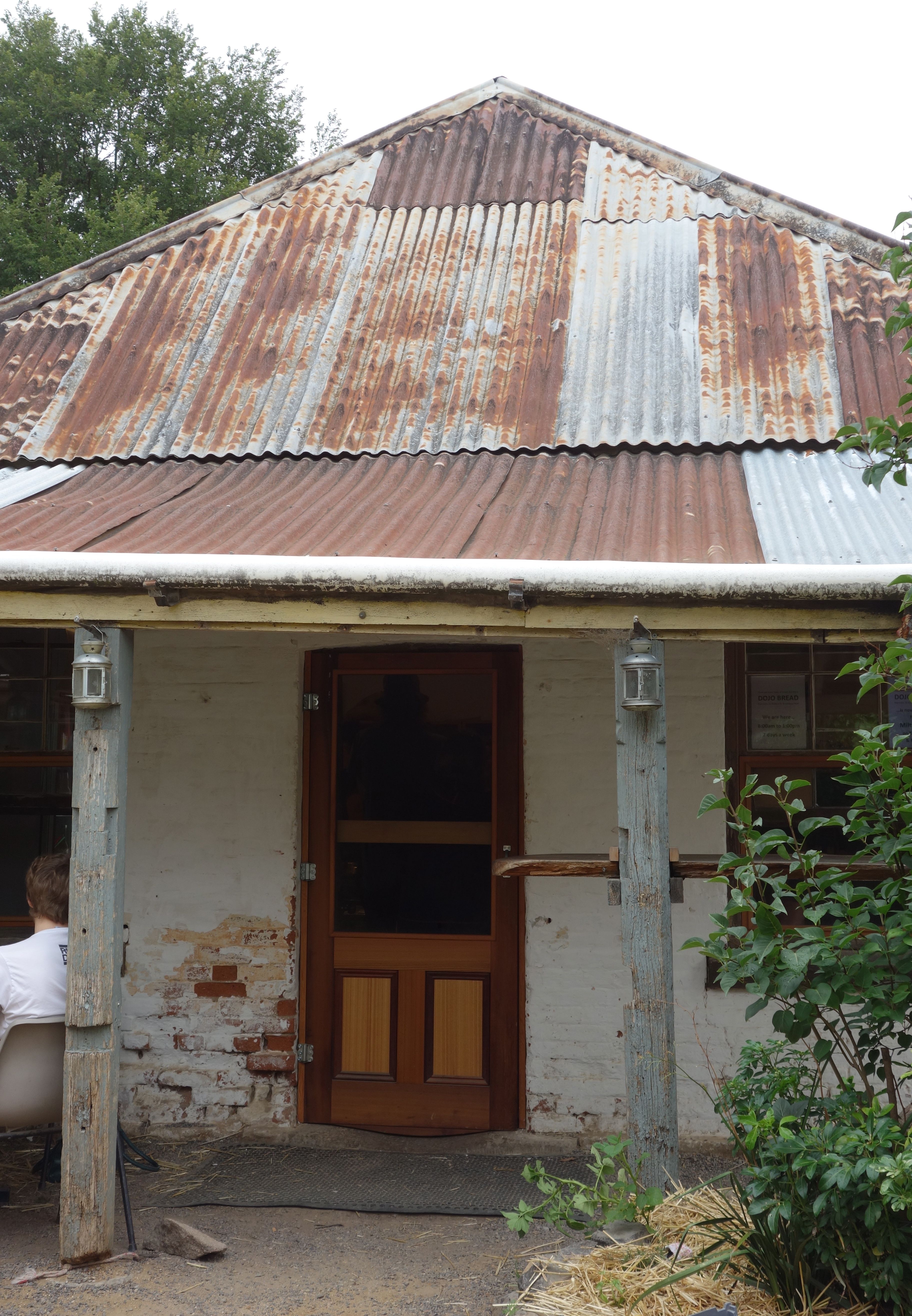I haven’t travelled far this month. But I have travelled. Just yesterday, for instance, I drove to the library, couldn’t find a place to stop, drove on to the lake, parked. From there I took the long way round to the library, first to the art gallery – ten minutes – in air uncommonly warm for the end of May. I wound my way through the sculpture garden and photographed dark forms.


I did some work at a table in the café overlooking the sculpture garden.

Then I walked to the National Archives – ten minutes – and read a file about a soldier who stowed away on a ship heading to World War One. At lunch time I walked to Old Parliament House – five minutes – and had lunch with a view across the lake and up Anzac Avenue to the War Memorial and Mt Ainslie.

From there I walked to the library whence I began – ten minutes – and read some police gazettes. I’d achieved much. But I had to walk back to my car – twenty minutes – under threatening skies with no umbrella. Back past the dark clouds over Old Parliament House,

back past the dark sculpture of a burgher of Calais by Rodin,

back past dark swans swimming.

At the art gallery I learnt that dark sculptures are my favourite; at the Archives, that my grandfather spent more time in France than I have (4 months in 1916, between Marseilles and Pozières on the Somme where he was gassed and sent home); at Old Parliament House, that the café with the fantastic view is closing soon and reopening in the viewless courtyard out the back; and at the library, that it was a crime in the 19th century to desert an illegitimate child. Hence my searching of police gazettes.
An altogether successful trip. I can’t say I never go anywhere.
Be sure to check out some of Marianne’s Spanish trips at East of Màlaga. Thanks, Marianne, for your idea that we take one trip EVERY month, and what a good one it is!

